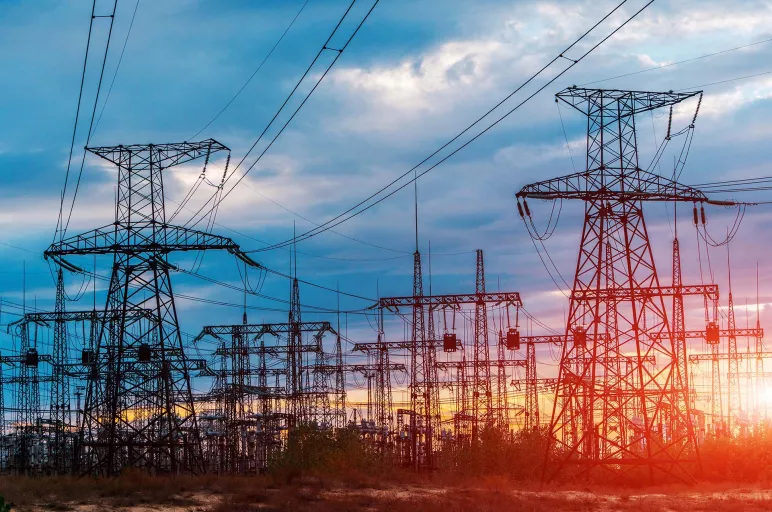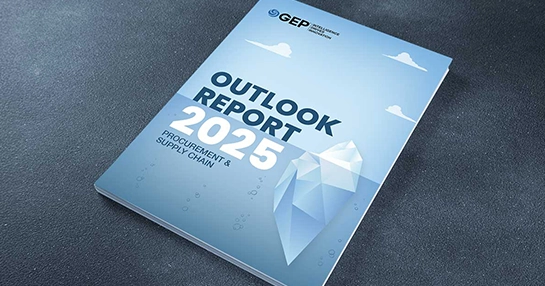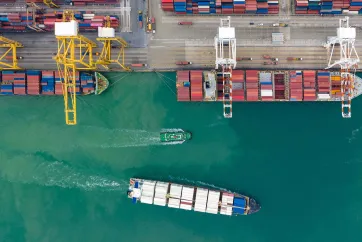
Hosted vs Punch-Out Catalog: Which Is Right for Your Business?
October 15, 2024 | Procurement Software
Business leaders using procurement systems commonly use punch-out or hosted catalogs to carry out transactions with suppliers. The main purpose is to gain easy access to the supplier’s website.
When comparing the two – punch-out catalog, generally, wins hands down in terms of features and the automation it offers. It has therefore been the first choice in the B2B space.
However, it’s understandable that it can be difficult for some procurement leaders to pick between the two as all business needs are different.

6 Reasons to Engage in MRO Spend Analysis
August 28, 2024 | Spend Analysis
Routine maintenance, unforeseen repairs, and several miscellaneous expenses. Maintenance, repair and operations (MRO) category managers have to deal with complex, multi-faceted expenditures.
Classified as indirect, a large portion of this spend is overlooked by procurement and often remains invisible. Yet, it is vital for the smooth running of business operations and minimizing downtime.
High purchase volumes with a large number of vendors including local vendors at individual sites adds to the mismanagement, as internal teams often engage in spot buying.

5 Key Strategies for Sourcing Transformation Success
August 22, 2024 | Sourcing Strategy
Failing to implement sourcing transformation can result in several significant issues such as higher costs, inefficiencies in the supply chain and a loss of competitive edge.
Enterprises would fail to capitalize on potential savings and end up dealing with quality-related problems due to outdated supplier contracts. This can lead to long order wait times, and a heavy dependency on just a few key suppliers, which means there is less flexibility in terms of market responsiveness.

46% CPOs Plan To Utilize AI in Operations by End of 2024: Procurement Metrics Report
August 22, 2024 | Procurement Strategy
As we progress through 2024, procurement leaders face a rapidly evolving landscape marked by increased complexity and heightened expectations. Ardent Partners’ latest research highlights how chief procurement officers (CPOs) are tackling these challenges while leveraging new technologies and prioritizing critical initiatives.

Struggling With MRO Spend? Here Are 5 Strategies for MRO Category Management
August 21, 2024 | Procurement Strategy
Does your business know exactly how much it spends on maintenance, repair and operations (MRO) activities? Do you have a handle on several purchases made in this indirect spend category?
Most likely, you would not have a definite answer. Perhaps because MRO procurement is decentralized and overlooked by purchasing teams. And while this spending is necessary, it is not as strategic as the spend in some direct categories.
Most businesses cannot effectively manage their MRO supplies, which leaves a high volume of dead inventory that drains the budget.

How the US Utility Industry Can Navigate Section 301 Tariffs on Imports from China
August 20, 2024 | Cost Management
The U.S. administration has proposed new tariffs and an increase in existing tariffs on key Chinese imports, such as solar cells, EVs, batteries, and critical minerals under Section 301 of the Trade Act. The goal is to bolster domestic manufacturing, promote self-sufficiency in critical sectors and increase supply resilience in the long run.

Learning & Development Solutions Get a Boost from Generative AI
August 13, 2024 | Human Resource
Organizations recognize the pivotal role of learning and development (L&D) strategies in fostering growth and innovation. Yet, traditional methods of sourcing and delivering L&D solutions have often been falling short in addressing these evolving needs of the modern workforce.

How To Optimize Packaging Spend in the FMCG Industry
August 06, 2024 | Cost Management
Did you know that packaging costs in the fast-moving consumer goods (FMCG) industry amount to a total of a staggering 30% of direct costs?
Add to this the pressure of meeting ESG goals. It is known that cost is a barrier for sustainable packaging alternatives. Amidst economic uncertainty and competition, optimizing costs has become a priority for the FMCG sector.
Here are some actionable tips for effective packaging cost optimization:

Ammonia Producers Embrace Green Technologies to Slash Emissions
August 05, 2024 | Chemicals
Ammonia is extensively used in the production of agricultural fertilizers and is a key raw material for chemical, oil & gas, pharmaceuticals and textiles industries.
However, the chemical emits a lot of carbon during production – ~450 million tons of direct and ~170 million tons of indirect CO2 emissions annually. Ammonia production process utilizes methane, water and air and contributes to ~1.8% of the global CO2 emissions.
Hence, minimizing carbon dioxide emissions from ammonia manufacturing is crucial for achieving the target of net-zero emissions by 2050.
Pagination
- Previous page
- Page 13
- Next page



